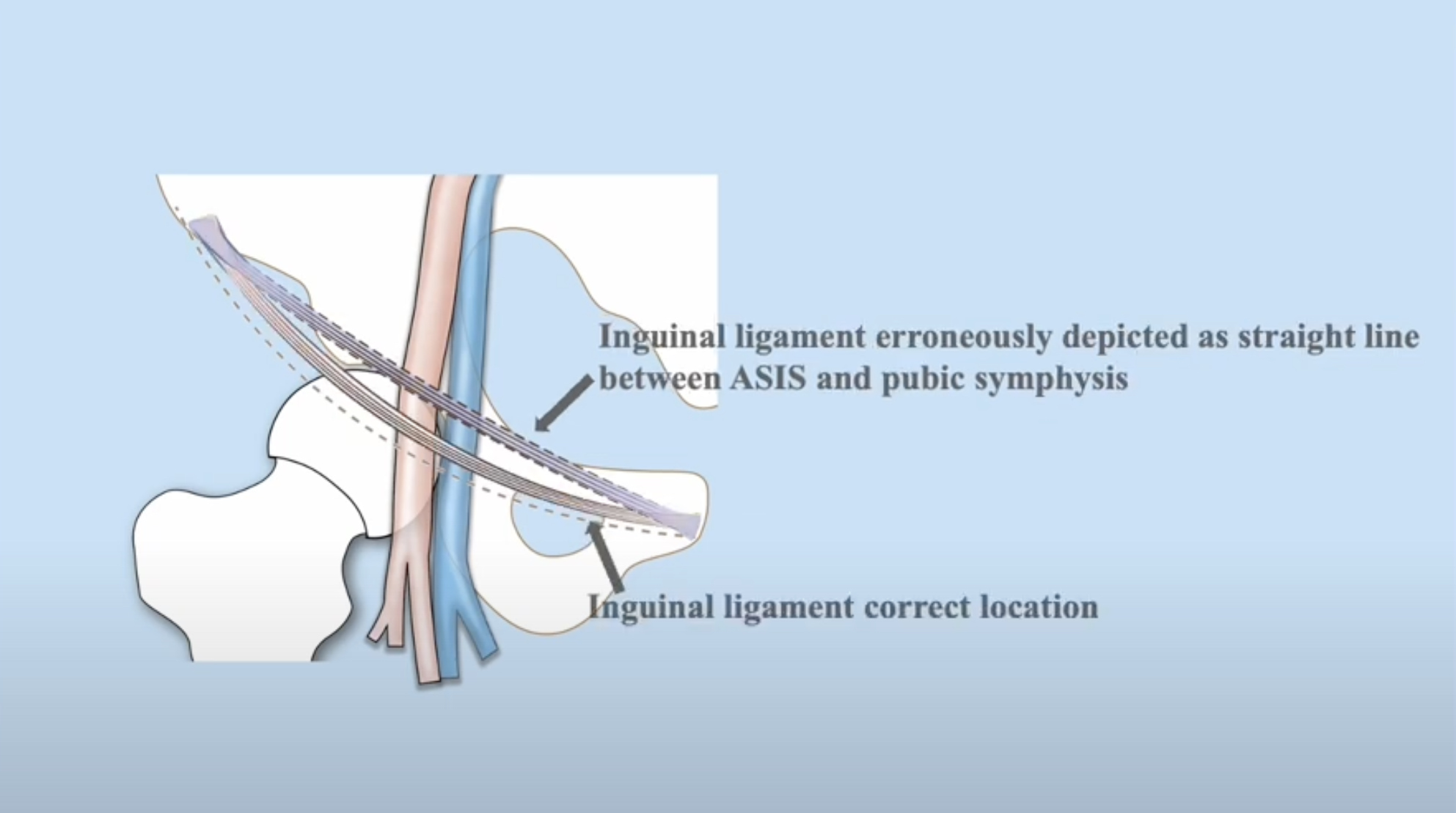The common femoral artery, located in the groin, plays an important role in delivering blood to the leg. It is also the most commonly used puncture site for a variety of endovascular interventions including for blockages of the arteries associated with stroke and heart attacks, as well as poor circulation to the legs that can lead to major amputation. However, femoral access can be a source of complications that include bleeding, which can be fatal in some cases.

(Update on March 4, 2024: A study that incorporates the research team's technique has been posted by the journal JVS-Vascular Science.)
“Our goal is to reduce procedural complications throughout both our hospital and the country. By creating a novel protocol based on recent anatomic research we conducted at Yale, we hope to standardize femoral access technique.” says Huttler.
First, the team conducted a dissection study on the groins of cadavers and performed x-rays to better understand the topographic relationships between the head of the femur, the common femoral artery, and the inguinal ligament [band of tissue that connects the abdominal muscles and pelvis]. Their findings surprised them. The position of the inguinal ligament was different from commonly depicted illustrations and crossed the femoral head at a much lower level than previously described in anatomy books or online videos.
“This is important because the inguinal ligament is a very tough structure,” says Setia. “It can interfere with the use of closure devices, which are very commonly used after vascular procedures to seal the hole that’s created during the initial femoral access.”
After identifying the anatomic locations of these three structures, the group determined the optimal puncture site with the lowest risk of complications. Next, they used their findings to create the video, in which they lay out what they believe is the safest femoral access protocol.
Our goal is to reduce procedural complications throughout both our hospital and the country. By creating a novel protocol based on recent anatomic research we conducted at Yale, we hope to standardize femoral access technique.
Joshua Huttler, Yale medical student
“Our goal is to improve patient care by disseminating our knowledge and video. We have met with the various specialties that use femoral access at Yale and will be putting posters in the procedural areas to remind providers and trainees of the femoral access technique. On the other hand, we have initiated a media campaign titled ‘No Guess with Access’ to promote our video on the internet and reach vascular specialists worldwide,” says Chaar. He thanks the Vascular Study Group of New England for supporting this work with a generous quality improvement grant.